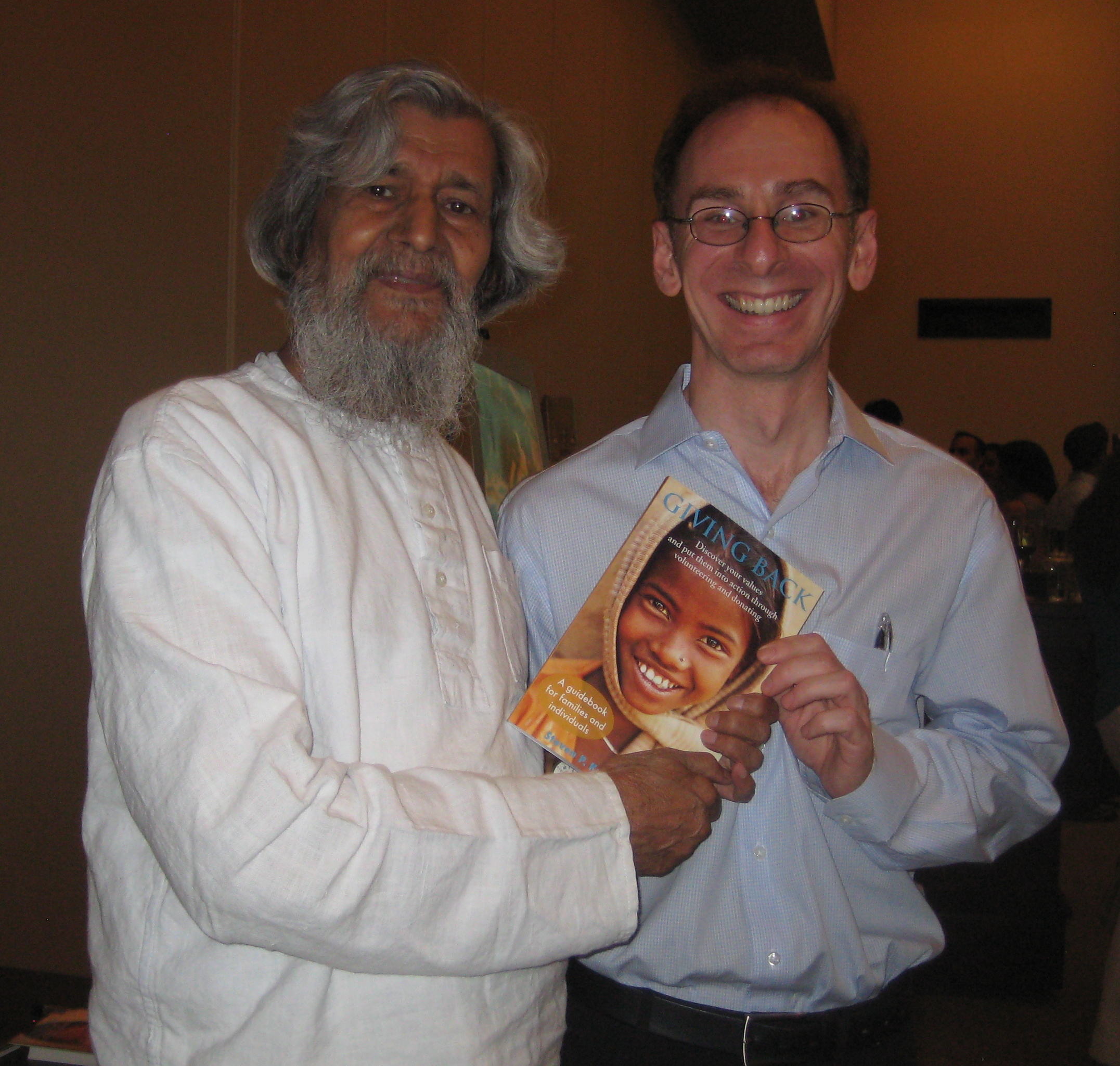The AMENDS Summit 2013 is a free conference at Stanford that brings youth leaders (generally recent college graduates) from the Middle East (or the US with a strong interest connection there). I attended (most of) the first session devoted to Impact Entrepreneurship.
Rena Zaubi (Palestine) looking at ways to enhance food security and development. Shouldn’t focus on export cash crops, but rather providing food locally. Forced to rely on Israel Civil Authority for access to inputs (fertilizer) and markets (export from Gaza to EU of strawberries, flowers), too often permits aren’t forthcoming.
Yad Faeq (Iraq): Crowdfunding platform for IT businesses after his own startup failed due to lack of funding. Still early stages.
Nadia Arouri (Palestine): Organize children’s dance performances to create peace (focusing first on inner peace). When they planned a trip for their students and teachers to present the performance in Israel, the Israel Civil Authority demanded magnetic cards first (typically only required of age 16+) after German embassy pushed for permit issuance, they did get 181 of the requested 200, but *none of the teachers/chaperones* so they were still unable to do the performance.
Al-Nasir Bellah Al-Nasiry (Iraq) recent medical school graduate: talking about the empowerment of youth. Two youth create a plan to celebrate International Peace Day in Baghdad. Two years of being thrown road blocks (denied permits, etc.) 100’s of student leaders accomplished it at on 9/21/2011. Thousands attended. Inspired by that Peace Day celebration, convened a group of 15 youth leaders. Want it to be “3 FREE’s” Free of Charge, on their Free time (weekend, evenings), Free of obligations/formalities (peer leadership). Training in leadership, advocacy training, public health awareness, entrepreneurship, environmental protection. Each one-teach one (or 4) to grow exponentially.
Ali Chehade (Lebanon) DreamMatcher (Fulbright Scholar) “We can all make the dreams come true.” “What’s a dream you can realize for someone else?” Someone sitting next to you might have a dream you can help. Helping others gives you a dopamine boost. www.thedreammatcher.com virtual and real-life social matching event. Typical event brings 50-60 dreams from people who have never met before. Think of your dreams–don’t ignore them. Be aware of them and share them. Remember your superpowers, what you can give other people. Share our resources and where we really care about each other’s happiness.
Sarah Mousa (Egyptian- American, undergrad Princeton studying middle East and public policy, grad Georgetown, Fulbright Scholar in Cairo): Use of solar energy for development. In junior year, spent summer in Cairo. Slums “half-hazards” half of population of 20M live in “ashwayi” not recognized by government, so lack basic services (trash, water, education, health, sewage, etc). Homemade solar water heater (made of readily available materials). Little being done in Arab world in solar, in spite of appropriateness. Lack of maintenance, and no way for new families to acquire heaters. (1) Awareness sessions on solar/renewable energy (2) Training Workshops (a dozen trained in construction) 3) Establish business of construction, installation, and maintenance of the hot water heaters. Expanding team, gathering funding, have written proposals, have core team, applying for funding from NGO’s with a similar vision. Current economic and political situation very difficult. Areas that she’s working with are so focused on day-to-day needs, that they’re receptive, but NGO’s are distracted by the macro conditions.
Que Newbill (Washington, DC) Tupac documentary showing in Amman Jordan in 2011 on his first night there. Slam poetry and spoken word in SF, connected with DJ’s explicitly political nature of the performance with one performance stopped when it became too political.) Scoble Fellow / Middle East analyst in DC. Innocence of Muslims film release: Urban youth share a lot of common problems, could you connect US with Middle East: Youth Speaks: connect American Urban Youth with Middle East with goals: Empowerment, Dialogue. (Spaces to share experience) Awareness (increase social awareness, amplify experiences through global audience). Pair US with MiddleEastern urban youth for weekly discussion, monthly workshops and annual conferences using rap and slam poetry. Youth Speaks has 6 people 3 in DC, 3 in Amman, waiting to hear back from grant applications like Open Society Foundation (and other foundations focusing on urban youth and international projects). Competitive.




